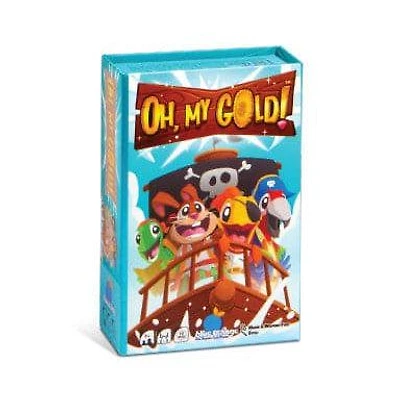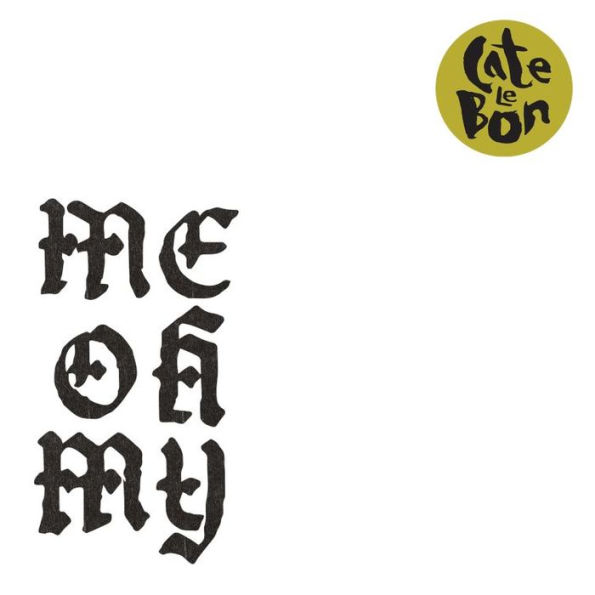Home
Oh, My Nola
Barnes and Noble
Loading Inventory...
Oh, My Nola in Bloomington, MN
Current price: $15.99

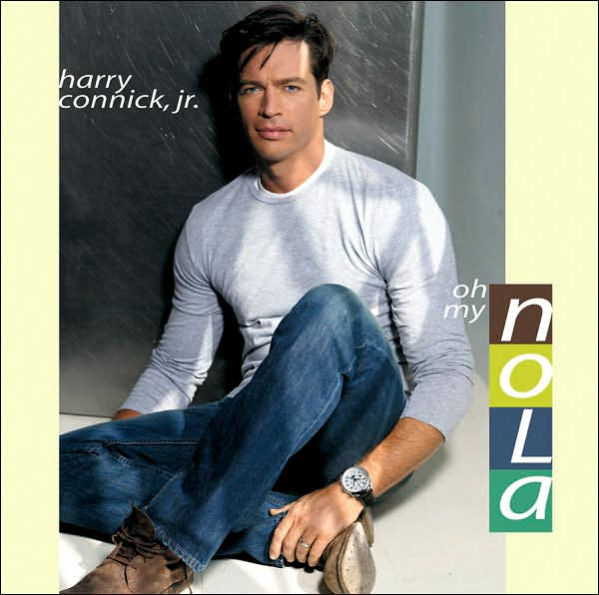
Oh, My Nola in Bloomington, MN
Current price: $15.99
Loading Inventory...
Size: OS
After Hurricane Katrina devastated New Orleans in the summer of 2005, musician
Harry Connick, Jr.
was one of the first people to lend not only his celebrity, but also his own two hands in aid to the survivors of the catastrophe.
Connick
brought a television crew with him as he traveled through his damaged hometown and shot footage to help draw attention to the situation. Soon after, he organized the benefit telethon
A Concert for Hurricane Relief
on
NBC
to raise money for the beleaguered residents of New Orleans. It was clear through all of this that
truly loved his hometown and perhaps even felt he owed the city a debt for all it had given to him. In that light, though he tastefully underplays his feelings about the tragedy,
's
Oh, My Nola
is clearly his response to Hurricane Katrina. But rather than making a one-note album filled with anger and sadness -- though he expresses those emotions here, too --
feels at once like a party-driven celebration of all that is New Orleans and a love letter to the city he almost lost. Featuring songs from, of, and about New Orleans,
touches on almost every musical style that has come from the city and, in a similar sense, every style
has delved into over the years. For that reason it's both his most expansive and personal album to date, and finally finds the pianist/vocalist/arranger coalescing his eclectic tastes in
jazz
standards
,
stride
piano,
funk
Cajun
gospel
, and contemporary
pop
under a unified vision that not surprisingly takes him back to the roots of New Orleans music.
To these ends, he turns
Allen Toussaint
and
Lee Dorsey
's classic
R&B
cut
"Working in the Coal Mine"
into a swaggeringly funky
big-band
workout. Similarly inventive, he does
Hughie Cannon
traditional
"Won't You Come Home, Bill Bailey?"
as a second-line-inspired
swing
number reminiscent of his own
When Harry Met Sally
soundtrack
. But while these numbers showcase
's obvious talent for arranging and crafting large ensemble numbers, other cuts such as the
"Careless Love"
reveal his more laid-back,
country
-inflected barroom piano style that recalls his early solo albums
20
25
. Mixing this approach,
once again returns to
Toussaint
with the spiritual and motivational
"Yes We Can"
in a loping and funky, large-ensemble style. Always a student of
American popular song
, it's no surprise that
's original compositions stand up next to the classic tracks here; however, it's also on these originals that he moves toward expressing his anger over what happened to the city. On the half-improvised, stark, and funky
"All These People"
sings, "I was so damn scared I held hands and wandered with the crazy man, but he wasn't crazy and I wasn't scared/We were just brothers that stood there and stared at all those people waiting there." It's one of the few moments of outright protest on the album and deftly conveys
's first-hand account of post-hurricane New Orleans. However, listening to the whole of
, it becomes clear that the true protest
is concerned with is a protest of the soul against events that conspire to erase all that we hold dear. This is best expressed in
's own title track. Set to a simple midtempo
New Orleans jazz
beat, he sings, "How proud would
Louie
Mahalia
be, to know that their memory was safe with me?/Oh, my Nola, old and true and strong just like a tall magnolia tree/Sit me in the shade and I'm right where I belong/Oh, my New Orleans, wait for me." ~ Matt Collar
Harry Connick, Jr.
was one of the first people to lend not only his celebrity, but also his own two hands in aid to the survivors of the catastrophe.
Connick
brought a television crew with him as he traveled through his damaged hometown and shot footage to help draw attention to the situation. Soon after, he organized the benefit telethon
A Concert for Hurricane Relief
on
NBC
to raise money for the beleaguered residents of New Orleans. It was clear through all of this that
truly loved his hometown and perhaps even felt he owed the city a debt for all it had given to him. In that light, though he tastefully underplays his feelings about the tragedy,
's
Oh, My Nola
is clearly his response to Hurricane Katrina. But rather than making a one-note album filled with anger and sadness -- though he expresses those emotions here, too --
feels at once like a party-driven celebration of all that is New Orleans and a love letter to the city he almost lost. Featuring songs from, of, and about New Orleans,
touches on almost every musical style that has come from the city and, in a similar sense, every style
has delved into over the years. For that reason it's both his most expansive and personal album to date, and finally finds the pianist/vocalist/arranger coalescing his eclectic tastes in
jazz
standards
,
stride
piano,
funk
Cajun
gospel
, and contemporary
pop
under a unified vision that not surprisingly takes him back to the roots of New Orleans music.
To these ends, he turns
Allen Toussaint
and
Lee Dorsey
's classic
R&B
cut
"Working in the Coal Mine"
into a swaggeringly funky
big-band
workout. Similarly inventive, he does
Hughie Cannon
traditional
"Won't You Come Home, Bill Bailey?"
as a second-line-inspired
swing
number reminiscent of his own
When Harry Met Sally
soundtrack
. But while these numbers showcase
's obvious talent for arranging and crafting large ensemble numbers, other cuts such as the
"Careless Love"
reveal his more laid-back,
country
-inflected barroom piano style that recalls his early solo albums
20
25
. Mixing this approach,
once again returns to
Toussaint
with the spiritual and motivational
"Yes We Can"
in a loping and funky, large-ensemble style. Always a student of
American popular song
, it's no surprise that
's original compositions stand up next to the classic tracks here; however, it's also on these originals that he moves toward expressing his anger over what happened to the city. On the half-improvised, stark, and funky
"All These People"
sings, "I was so damn scared I held hands and wandered with the crazy man, but he wasn't crazy and I wasn't scared/We were just brothers that stood there and stared at all those people waiting there." It's one of the few moments of outright protest on the album and deftly conveys
's first-hand account of post-hurricane New Orleans. However, listening to the whole of
, it becomes clear that the true protest
is concerned with is a protest of the soul against events that conspire to erase all that we hold dear. This is best expressed in
's own title track. Set to a simple midtempo
New Orleans jazz
beat, he sings, "How proud would
Louie
Mahalia
be, to know that their memory was safe with me?/Oh, my Nola, old and true and strong just like a tall magnolia tree/Sit me in the shade and I'm right where I belong/Oh, my New Orleans, wait for me." ~ Matt Collar
After Hurricane Katrina devastated New Orleans in the summer of 2005, musician
Harry Connick, Jr.
was one of the first people to lend not only his celebrity, but also his own two hands in aid to the survivors of the catastrophe.
Connick
brought a television crew with him as he traveled through his damaged hometown and shot footage to help draw attention to the situation. Soon after, he organized the benefit telethon
A Concert for Hurricane Relief
on
NBC
to raise money for the beleaguered residents of New Orleans. It was clear through all of this that
truly loved his hometown and perhaps even felt he owed the city a debt for all it had given to him. In that light, though he tastefully underplays his feelings about the tragedy,
's
Oh, My Nola
is clearly his response to Hurricane Katrina. But rather than making a one-note album filled with anger and sadness -- though he expresses those emotions here, too --
feels at once like a party-driven celebration of all that is New Orleans and a love letter to the city he almost lost. Featuring songs from, of, and about New Orleans,
touches on almost every musical style that has come from the city and, in a similar sense, every style
has delved into over the years. For that reason it's both his most expansive and personal album to date, and finally finds the pianist/vocalist/arranger coalescing his eclectic tastes in
jazz
standards
,
stride
piano,
funk
Cajun
gospel
, and contemporary
pop
under a unified vision that not surprisingly takes him back to the roots of New Orleans music.
To these ends, he turns
Allen Toussaint
and
Lee Dorsey
's classic
R&B
cut
"Working in the Coal Mine"
into a swaggeringly funky
big-band
workout. Similarly inventive, he does
Hughie Cannon
traditional
"Won't You Come Home, Bill Bailey?"
as a second-line-inspired
swing
number reminiscent of his own
When Harry Met Sally
soundtrack
. But while these numbers showcase
's obvious talent for arranging and crafting large ensemble numbers, other cuts such as the
"Careless Love"
reveal his more laid-back,
country
-inflected barroom piano style that recalls his early solo albums
20
25
. Mixing this approach,
once again returns to
Toussaint
with the spiritual and motivational
"Yes We Can"
in a loping and funky, large-ensemble style. Always a student of
American popular song
, it's no surprise that
's original compositions stand up next to the classic tracks here; however, it's also on these originals that he moves toward expressing his anger over what happened to the city. On the half-improvised, stark, and funky
"All These People"
sings, "I was so damn scared I held hands and wandered with the crazy man, but he wasn't crazy and I wasn't scared/We were just brothers that stood there and stared at all those people waiting there." It's one of the few moments of outright protest on the album and deftly conveys
's first-hand account of post-hurricane New Orleans. However, listening to the whole of
, it becomes clear that the true protest
is concerned with is a protest of the soul against events that conspire to erase all that we hold dear. This is best expressed in
's own title track. Set to a simple midtempo
New Orleans jazz
beat, he sings, "How proud would
Louie
Mahalia
be, to know that their memory was safe with me?/Oh, my Nola, old and true and strong just like a tall magnolia tree/Sit me in the shade and I'm right where I belong/Oh, my New Orleans, wait for me." ~ Matt Collar
Harry Connick, Jr.
was one of the first people to lend not only his celebrity, but also his own two hands in aid to the survivors of the catastrophe.
Connick
brought a television crew with him as he traveled through his damaged hometown and shot footage to help draw attention to the situation. Soon after, he organized the benefit telethon
A Concert for Hurricane Relief
on
NBC
to raise money for the beleaguered residents of New Orleans. It was clear through all of this that
truly loved his hometown and perhaps even felt he owed the city a debt for all it had given to him. In that light, though he tastefully underplays his feelings about the tragedy,
's
Oh, My Nola
is clearly his response to Hurricane Katrina. But rather than making a one-note album filled with anger and sadness -- though he expresses those emotions here, too --
feels at once like a party-driven celebration of all that is New Orleans and a love letter to the city he almost lost. Featuring songs from, of, and about New Orleans,
touches on almost every musical style that has come from the city and, in a similar sense, every style
has delved into over the years. For that reason it's both his most expansive and personal album to date, and finally finds the pianist/vocalist/arranger coalescing his eclectic tastes in
jazz
standards
,
stride
piano,
funk
Cajun
gospel
, and contemporary
pop
under a unified vision that not surprisingly takes him back to the roots of New Orleans music.
To these ends, he turns
Allen Toussaint
and
Lee Dorsey
's classic
R&B
cut
"Working in the Coal Mine"
into a swaggeringly funky
big-band
workout. Similarly inventive, he does
Hughie Cannon
traditional
"Won't You Come Home, Bill Bailey?"
as a second-line-inspired
swing
number reminiscent of his own
When Harry Met Sally
soundtrack
. But while these numbers showcase
's obvious talent for arranging and crafting large ensemble numbers, other cuts such as the
"Careless Love"
reveal his more laid-back,
country
-inflected barroom piano style that recalls his early solo albums
20
25
. Mixing this approach,
once again returns to
Toussaint
with the spiritual and motivational
"Yes We Can"
in a loping and funky, large-ensemble style. Always a student of
American popular song
, it's no surprise that
's original compositions stand up next to the classic tracks here; however, it's also on these originals that he moves toward expressing his anger over what happened to the city. On the half-improvised, stark, and funky
"All These People"
sings, "I was so damn scared I held hands and wandered with the crazy man, but he wasn't crazy and I wasn't scared/We were just brothers that stood there and stared at all those people waiting there." It's one of the few moments of outright protest on the album and deftly conveys
's first-hand account of post-hurricane New Orleans. However, listening to the whole of
, it becomes clear that the true protest
is concerned with is a protest of the soul against events that conspire to erase all that we hold dear. This is best expressed in
's own title track. Set to a simple midtempo
New Orleans jazz
beat, he sings, "How proud would
Louie
Mahalia
be, to know that their memory was safe with me?/Oh, my Nola, old and true and strong just like a tall magnolia tree/Sit me in the shade and I'm right where I belong/Oh, my New Orleans, wait for me." ~ Matt Collar

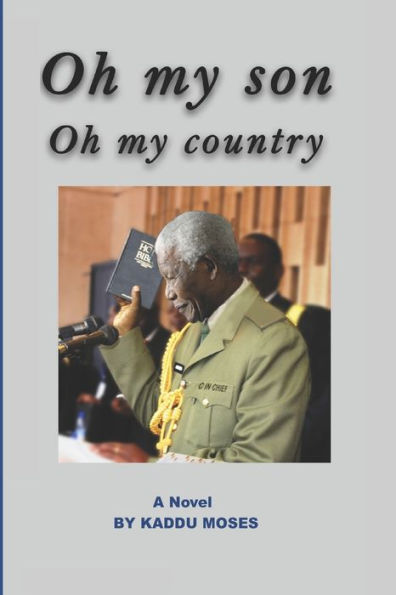
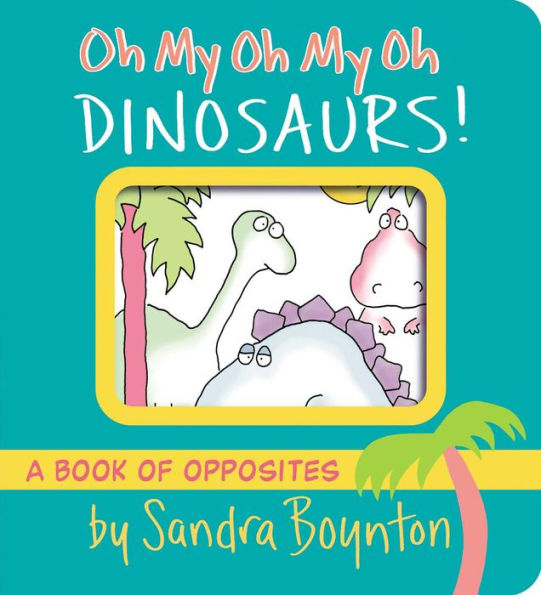

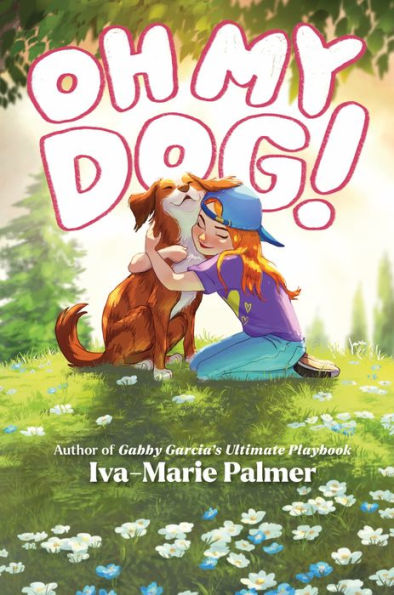
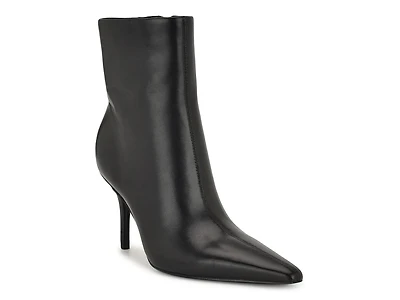
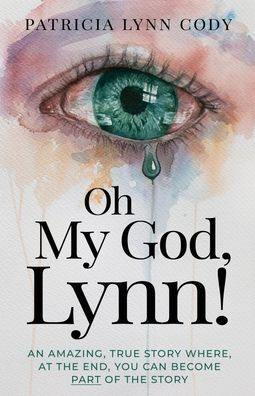
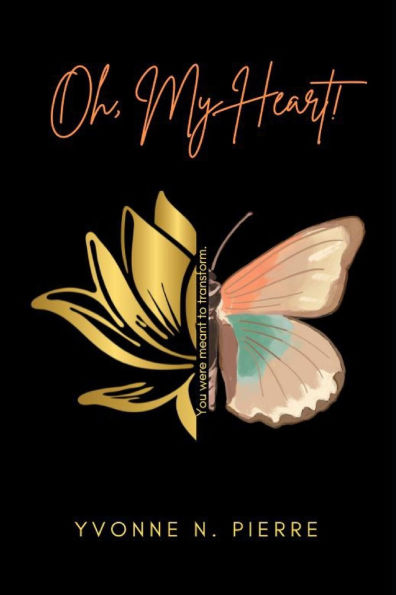
![Oh My [LP]](https://prodimage.images-bn.com/pimages/0602557174823_p0_v1_s600x595.jpg)
